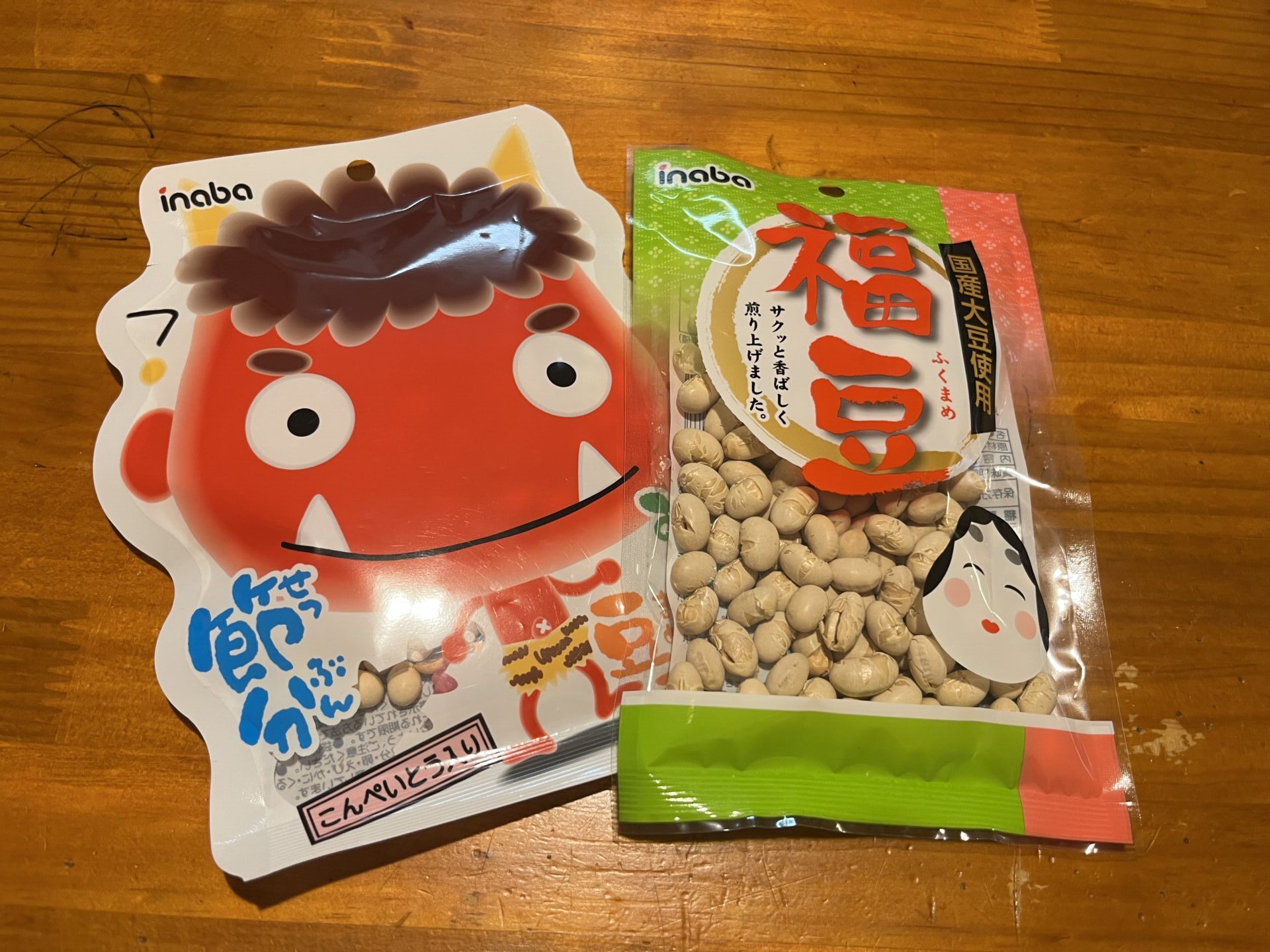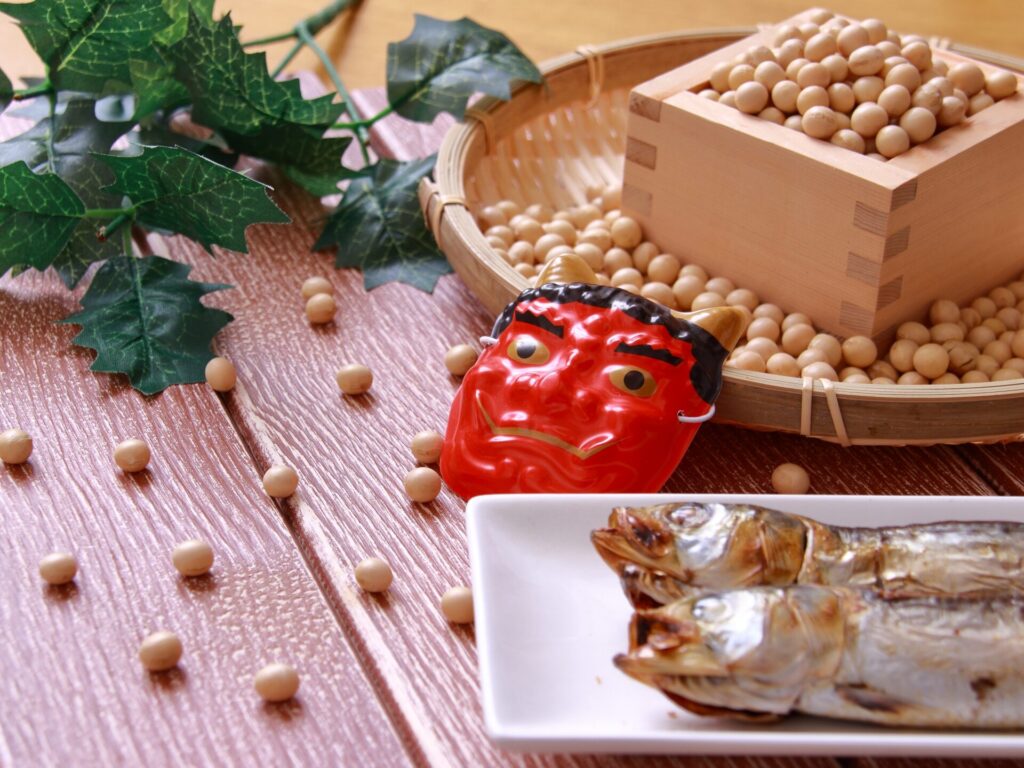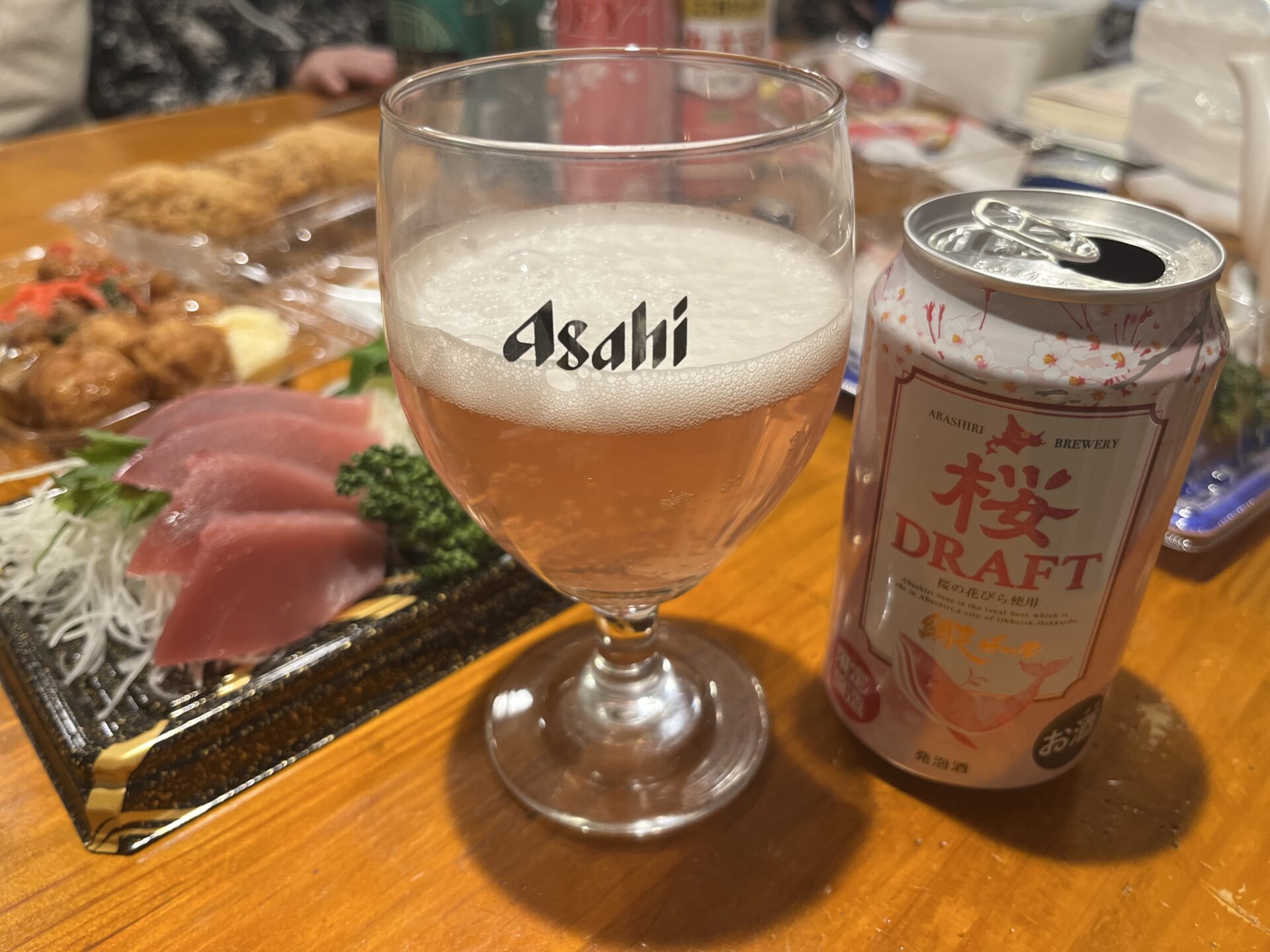Hello Japan fans!
January is finally coming to an end, and it looks like it won’t snow in Tokyo this year!
With New Year’s and Coming of Age Day over, it seems like the whole of Japan is gradually getting used to the new year.
January is almost over, and in the first week of February, an event called “Setsubun” takes place in Japan, so I’d like to introduce it to you briefly.
What is Setsubun?
Setsubun is a traditional Japanese event that refers to the turning point of the four seasons.
In modern Japan, it is mainly used to refer to the day before “risshun” (the day spring comes), and is usually held around February 3rd.
Of the four Setsubun festivals each year that mark the division of seasons, the one in February between winter and spring is considered the most important and has been a popular event since ancient times.
At this time in February, relatively large shrines hold Setsubun festivals.
What exactly do you do on Setsubun?
Have you ever wondered why beans are on shelves at every store this time of year?
Setsubun in February has a very deep connection with beans.
Setsubun events are held in each household and are one of the family’s joys. Specifically, it is an event where people shout chants, throw beans from the windows and entrances, and pray for good health.
The chant is “Oni wa soto, fuku wa uchi” (Demons out, good fortune in), where the word “oni” refers to evil spirits, in other words cold symptoms. This traditional event continues during this cold winter season, so that people do not get sick and catch a cold.
In modern thinking, opening windows and doors = ventilation = not catching a cold. Maybe this is the creation of a virtuous cycle!

Why do we throw beans on Setsubun?
Scattering beans on Setsubun has been a part of our daily lives since childhood, so it’s natural for us to do so, but why beans? I don’t think most Japanese people understand this…
I found the answer on the website of the Ministry of Agriculture, Forestry and Fisheries of Japan, so I’ll post it here. It seems to come from the idea that gods reside in grains. If you think about it rationally, it’s a waste to throw food! They were confronting demons with the power of food.
The reason for scattering beans on Setsubun (February 3rd) is that, like rice, beans are a source of energy for us, and are said to have spiritual powers, so it was believed that by eating the beans one could ward off illness and disaster (demons), and thus receive power.
This idea is thought to have been combined with the ancient Chinese demon-chasing ritual “Tsuina” and spread.
There is also a custom of decorating with holly leaves on Setsubun.
In addition to the bean-throwing event, there is also the custom of decorating the entrance of the house with holly leaves.
The idea is that holly leaves have jagged edges, so they can get into the eyes of demons and drive them away. This really doesn’t make sense, does it?
I’ve heard the theory that the reason beans are thrown is because if the beans get into the demon’s eyes, the demon will run away, so there may be a belief that the eyes are the demon’s weak point.

Other things to do on Setsubun
After throwing the beans, eat them.
After enjoying the whole “Oni wa soto, fuku wa uchi” thing, we munched on the remaining beans. We were told to eat the same number of beans as our age. Now that we’re adults, that’s a decent amount!
Soybeans are delicious, but even if the whole family eats them we still have some left over, so in my house we crush the soybeans and make kinako flour, and roast the leftover rice cakes during the New Year to make kinako mochi.
Or, to make it a little more stylish, I add soybean flour to my coffee. It makes me feel like I’m drinking Starbucks Coffee.
In this way, the soybeans that were not thrown are eaten.
The soybeans are thrown and eaten by the birds.
So what happens to the soybeans that are thrown? Well, the birds eat them. In Japan, the wild birds are sparrows and pigeons. They’re so cute.
If you have a hamster, any beans scattered around the house will be eaten by the hamster on its walks.
However, in today’s cruel world, when pigeons come to eat the beans, they defecate and cause complaints from the neighbors, so the trend is to quickly clean up the beans outside… sad.

When you think of Setsubun, you think of Ehomaki!
It’s a relatively recent culture, but on Setsubun in Japan we eat a gigantic rolled sushi called Ehomaki!
In Kansai culture, ehomaki itself is a sushi roll and is delicious, but there is a mysterious custom that involves facing an auspicious direction, eating it in one go without talking.
This custom makes it a bit of a hardship, but ehomaki is delicious, so please try it!
By the way, this year’s lucky direction =”ehou” is southwest!

If you’re in Japan in early February, be sure to experience Setsubun!
At this time of year in February, soybeans are displayed at the entrances of convenience stores and supermarkets, which makes me feel like it’s Setsubun time.
At home, Setsubun is as simple as saying “Oni wa soto, fuku wa uchi” (Demons out, good fortune in), wrapping the beans you bought in a roll, and eating the ehomaki. Try this at your hotel or temporary lodgings! (Just be careful not to get in trouble for scattering the beans.)
Also, as mentioned above, Setsubun itself is a custom, so some shrines hold Setsubun festivals around this time. The character for Setsubun is (節分祭), so be sure to check out the list of events at nearby shrines! It’s your chance to get some beans! (They scatter small packets of beans)
Fan Fan Japan!



comment